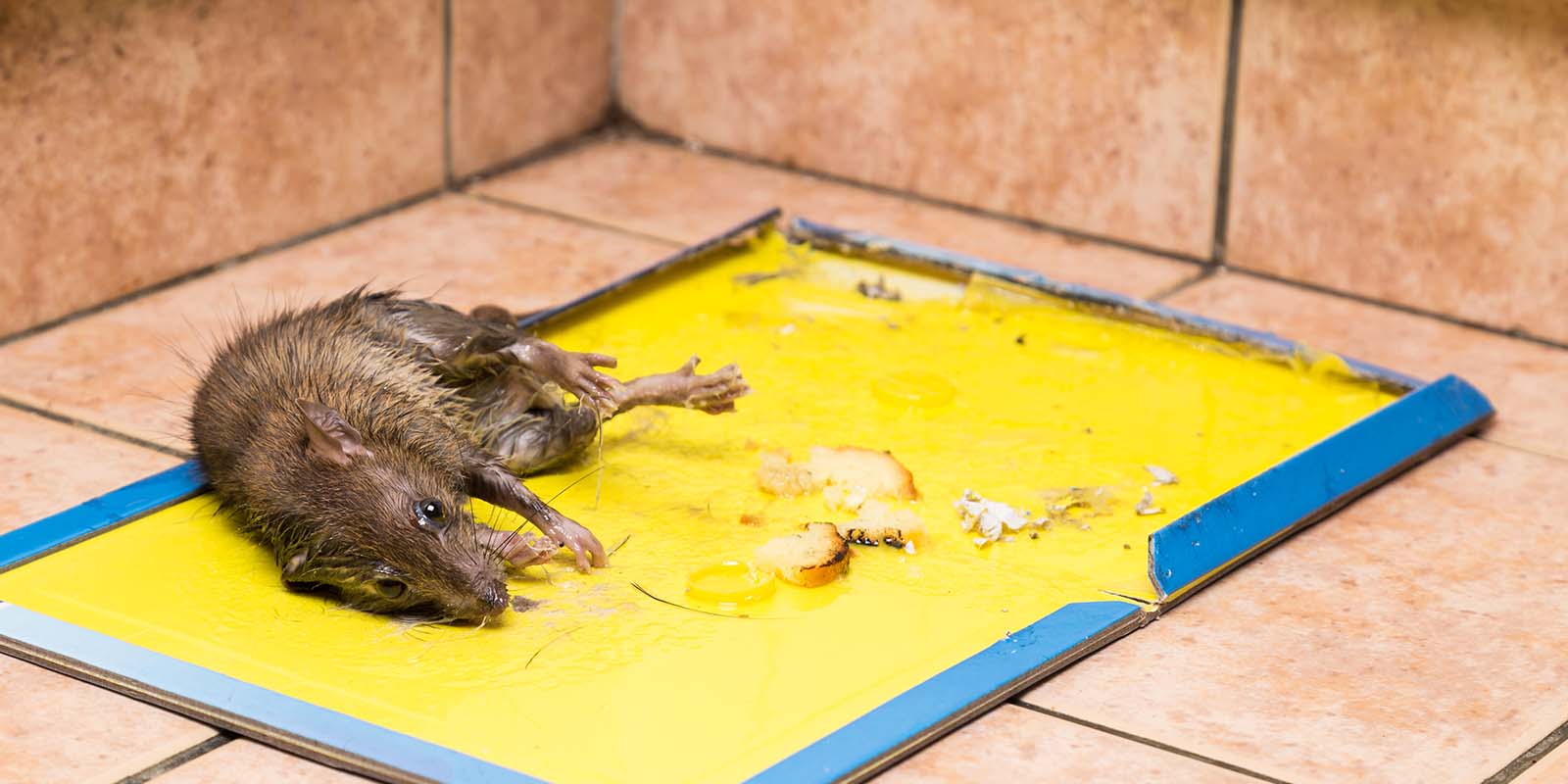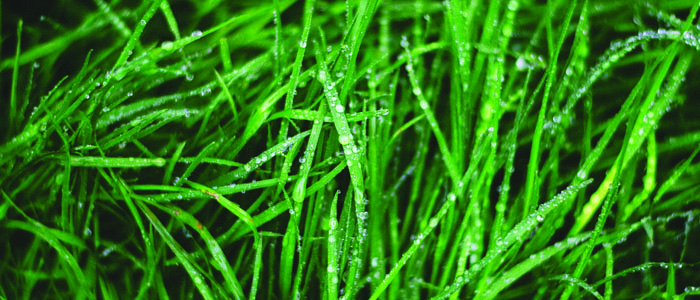
Mice are dirty and disease-ridden and can cause destruction not only in your home but your vehicle as well. Inside vehicles, mice are known to squeeze into vents, where they can perish and inundate a car with a wretched stench in the process. Rodents also eat away at various wires, rubber parts, tubes and circuitry under the hood. If you do nothing to combat a mouse infestation in your car, you run the risk of having future performance issues with the vehicle.
How Do Mice Gain Entrance into Cars?
Due to the minuscule size of mice, it’s easy for them to fit through openings smaller than a dime. In most cases, they’ll climb up from under the engine and make their way to other locations once inside. The following are among the most common means of ingress that mice will use.
- Vents
- Cable Passages
- Shaft Passages
- Steering column
- Open windows
What Are The Peak Infestation Seasons?
Mice behavior changes based on seasonal environmental conditions. In the summer, they’re traveling in and out of buildings in search of food, water, and nesting materials. During winter, they’re more likely to be indoors. As a nocturnal creature, mice are most active from dusk till dawn, when fewer predators are about.
For survival, mice to look for shelter, and cars are a great place in the winter. Vehicles parked outdoors are more susceptible, although a vehicle in the garage is not guaranteed to be safe.
How To Protect Your Vehicle From Mice
Keep it clean!. If your car is filled with refuse — paper, garbage, tissues, cups, fast-food bags — it can attract rodents. Basically, your car is like a dumpster, which is always great mice to hide, nest, sleep and find food.
Limit condensation and moisture build-up inside your vehicle. Mice need water and are attracted to it. Moisture can be generated by, a blocked pollen filter or a leak in the heater. Damp garments can also contribute to the issue.
Keep leaves away from your car especially in autumn When leaves surround your car, a sheltered pathway is formed right to your vehicle. Ensure all doors, sunroofs, and windows are closed all the way. While the above tips can significantly reduce the likelihood of mouse ingress into your car, any vehicle is at risk unless repellents are utilized. Mint is a scent that naturally repels rodents, so finding a good air freshener can be a great start!.
What does car rodent damage look like?
Rodents can destroy numerous parts of a vehicle, from wiring, and air vents to the interior upholstery and hood insulation.
- Chewed wires around the engine
- Shredded fiber in the air vent
- Nawed insulation and upholstery
- Holes in non-metallic engine components
- Claw marks and feces
In some cases, the damage can result in the car not starting. A flashing check-engine light could suggest damage under the hood of a vehicle. Rodent deterrent in cars is more than just a sanitation concern — mice proofing a vehicle is critical to the engine’s operation.
How to Prevent Mice from Entering the Engine
Parking your car indoors! If you have a cat, place the litter box in the garage and have the cat monitor the garage for a few hours each night or place a fake snake under the car. If you’re unable to park your car indoors it’s critical to repel the mice from the car.








